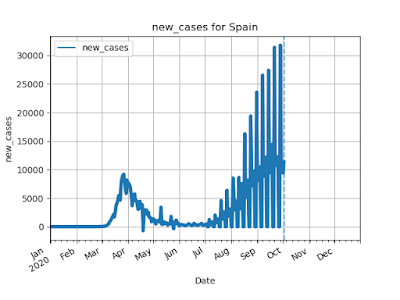Imagine if all of power houses of the earth decided to change history. For a specific example, let's say they wanted to erase the history of ancient Egypt, the pharaohs, the pyramids, etc. What if all of the military might descended on Egypt and with their greatest weapons, nuclear and conventional, pulverize the Pyramids and ancient ruins to dust. Foot soldiers invaded all of the museums in the world and confiscated Egyptian artifacts. The largest and most powerful corporations funded people to enter all of the libraries and remove any book with reference to ancient Egypt. The tech giants crawled the internet and removed all electronic information. Thought police were hired to prevent anyone from teaching or even talking about ancient Egypt.
Then writers were hired to create new history books about ancient Egypt. The new history would say that ancient Egyptians were a bunch of shepherds or nomads or something. Wiki pages would support the new history. Web pages would refer to the new history.
If a whole new history of ancient Egypt is created, would that change history? The facts would remain. There were, in fact, Pyramids, temples and other amazing architecture. There were pharaohs. There was a an elaborate culture.
Over time, some small scrap of paper would emerge. A book, previously lost or hidden, would be found. A forgotten temple would be unearthed. All with fragments of the true history.
Does this seem far fetched? In 1945, fifty-two papyrus texts were found concealed in an earthenware jar buried in the Egyptian desert, known as the Nag Hammadi library. The texts were most likely hidden from people that wanted to destroy them. They wanted to write their own history.
I learned about this from a book I recovered from my deceased uncle's library: "The Gnostic Gospels" by Elaine Pagels. The book, ironically was destined for the refuse pile (what do you do with 1,300 books?). It was an interesting revelation. There were schisms and disagreements in the early Christian church: about the nature of Christ, how to obtain salvation, authority, etc. The Catholic church prevailed with their ideology and managed to destroy what they perceived as the heretical ideas of the gnostics. I like some ideas of the gnostics and am saddened to think that "might" won out over "right".
There are forces today that want to curate history. They want to curate what truth is to fit their purposes. Most likely what you consider truth is a fabrication. Most likely your staunchest ideological opponent believes a false narrative as well. There may not be a single public person with an accurate picture of truth. It takes skepticism, doubt, curiosity, diligent inquiry, openness, effort to come to the truth. Your biases may prevent you from seeing it. If it is too easy for you to believe it, it's probably not true.
I've heard of several reports where people have posted on their social media that if their friend votes or supports the opposite party or candidate, then they don't want to be friends. Yikes! I hope we can settle down after this election and learn to be more civil. Meanwhile, don't despair. Humans have been disagreeing for a long time. And in my humble opinion, life keeps getting better.















